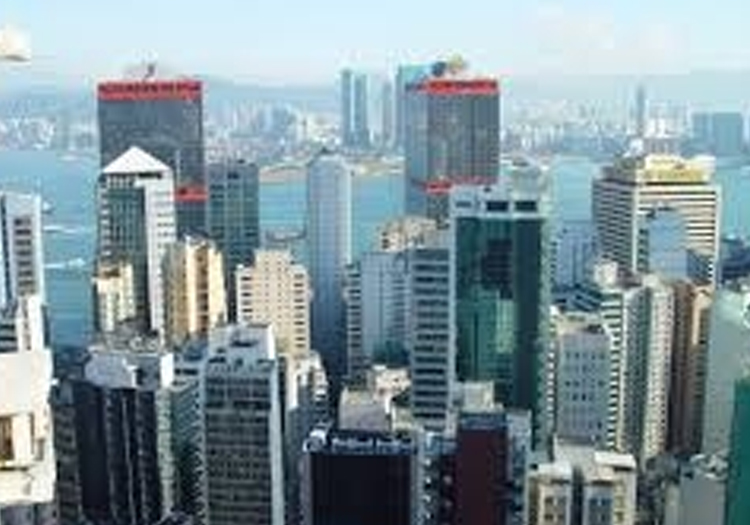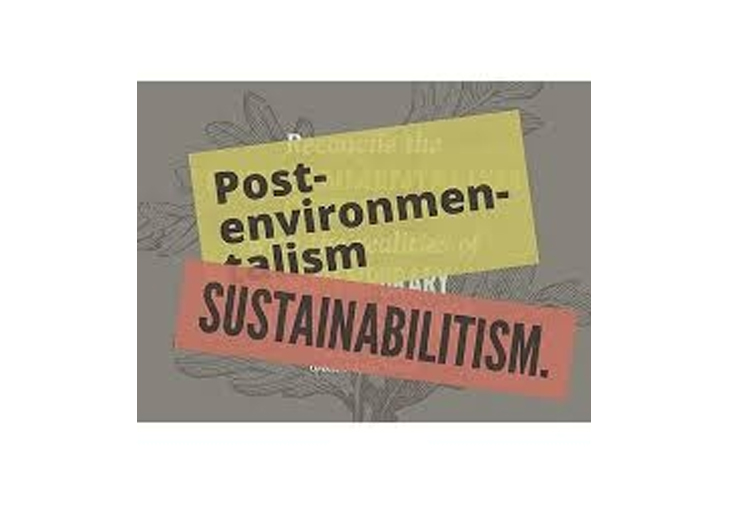
The Future of Commercial Design
As longstanding structures in society, commercial buildings can have huge impacts on the environment. Commercial buildings are many times the largest contributors to annual greenhouse gas emissions, thus designing the future with long-term environmental and economic benefits should be considered paramount. With the assistance of advanced design techniques, such as Building Information Modelling (BIM), the future of commercial design can more easily meet sustainable design. Paired with technological advancements, heating, ventilation, electrical and water systems can all be designed with improved sustainability in mind.
Advanced building design and construction software allows users to implement effective ways to utilise energy and other resources more efficiently, for green building design, site planning, construction, and building management. BIM is an intelligent modelling process that helps designers achieve accurate and actionable results. For example, it can inform builders how certain design choices might affect the amount of materials needed for the project, helping to eliminate the need for expensive and wasteful guesswork. This advancement in modelling for sustainable building design reduces the chance of errors, the need for modifications, and unnecessary repetitions, helping to minimise construction time and material waste.
Commercial designers are beginning to recognise the need to go green and to save on operational costs. With the excessive amount of energy used in locations like retail and health care buildings, the costs can be staggering, both to the company’s bottom line and the environment. Using sustainable design can be the answer to both, and BIM can help designers to improve the performance of commercial buildings as well as substantially reduce operating and maintenance costs. At Varming, we employ the latest in Building Information Modelling techniques, and we can ensure any commercial building achieves full economic, environmental, and social sustainability.

